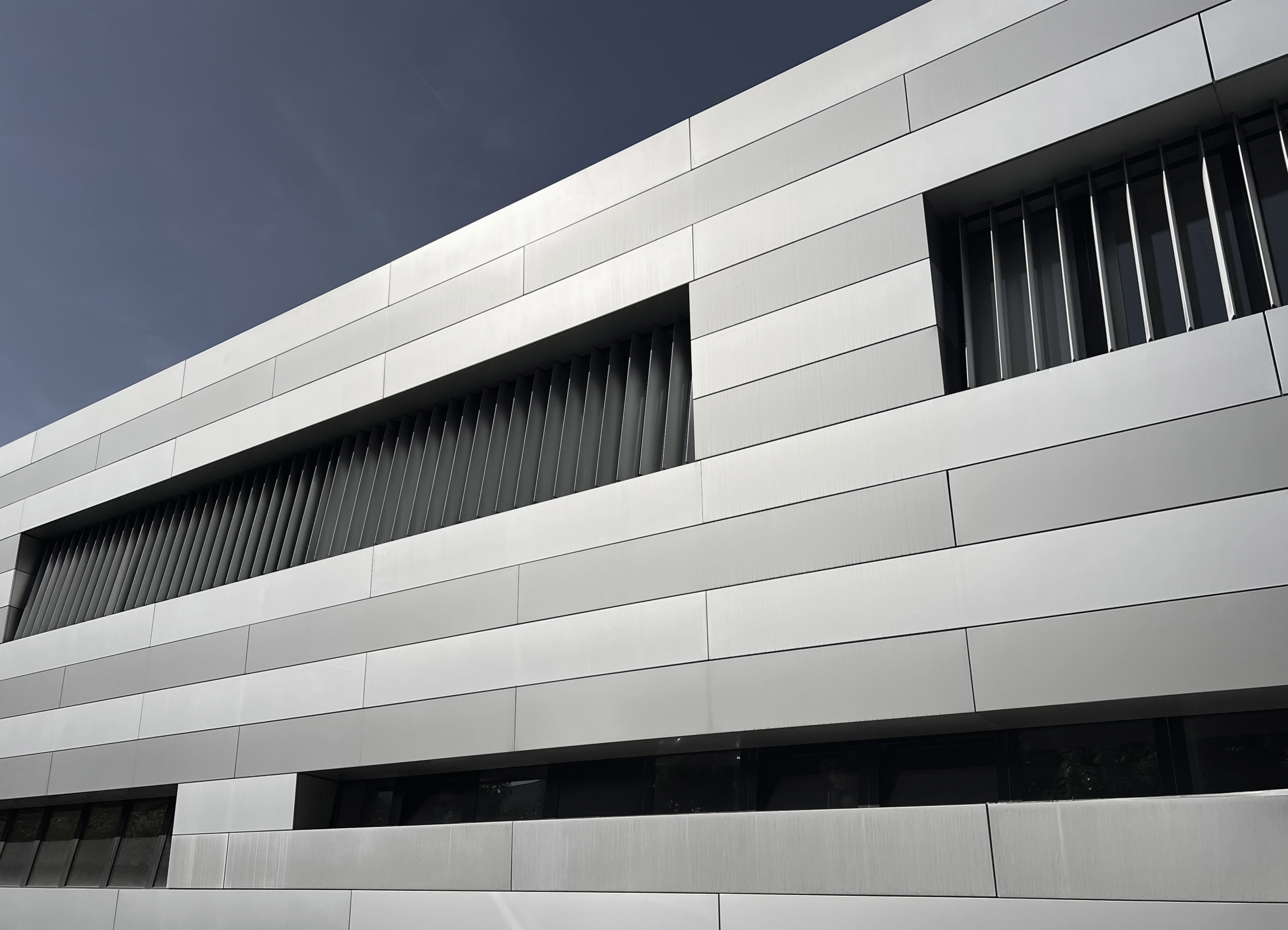
Biotech Timing and Trial Design: A Case Study in Value Creation
While preparing a LinkedIn post on dealmaking, I noticed Merck’s $10 billion acquisition of Verona Pharma. This caught my attention because Verona was part of my biotech portfolio in late 2023. I wrote about my approach on biotech investing in my earlier post Beyond Approval: The Hidden Risk in Biotech Stocks
I purchased Verona shares because ensifentrine offered something rare: a novel mechanism of action in a disease area with little innovation for decades. Compared to crowded oncology pipelines, COPD treatment still relies on familiar LABA/LAMA inhalers I remember dispensing as a pharmacist over ten years ago. Ensifentrine (Ohtuvayre) — a dual PDE3/4 inhibitor — promised a new option by combining bronchodilator and non-steroidal anti-inflammatory action.
I invested in late 2023 but sold in July 2024, shortly before commercial launch. At the time, my decision felt reasonable. Today, with the stock trading at over $100 — five times my purchase price — it feels like a missed opportunity.
So why did I sell, and what changed in the meantime?
WHY I SOLD TOO EARLY
At the time, Key Opinion Leaders (experienced physicians and specialists) raised concerns that informed my decision:
- Patient acceptance barriers due to nebuliser delivery, which was less convenient than handheld inhalers.
- No additive therapy data, leading to uncertainty around how the product fits alongside dual or triple therapy.
- A Phase 3 trial that used placebo instead of standard-of-care comparators, making results less convincing for prescribers.
The stock also failed to rally after FDA approval in June 2024, echoing market doubts. I sold before the US launch.
Yet the launch exceeded expectations. First-quarter 2025 revenue reached $71.3 million. Analysts now project peak sales of $3–5 billion.
Still, limitations remain. Many clinicians see Ohtuvayre as serving a narrow segment of severe COPD patients. And because nebuliser formulations are less common in Europe, uptake will be limited outside the US.
Merck’s commercial strategy reflects this: the company will rely primarily on US sales, where prescribing habits better fit Ohtuvayre’s delivery system.
RETHINKING BIOTECH INVESTMENT TIMING
In hindsight, my decision to sell was driven by valid concerns. And importantly, those concerns were never disproved.
The Phase 3 trial design and drug delivery choice continue to shape how physicians view Ohtuvayre. KOLs still question its role beyond severe cases. Nebulisers also constrain geographic expansion, especially in Europe.
These factors show how study design and delivery system choices can cap the potential of even a truly innovative drug. They influence prescribing, reimbursement, and long-term market fit.
Yes, delivery systems can change later through life-cycle management. But developing new formulations and devices is time-consuming, expensive, and requires additional regulatory approvals. Value lost early is not easily recovered.
Other companies are now exploring PDE3/4 inhibitors, highlighting momentum for the mechanism. GSK, for instance, signed a licensing deal with Hengrui in July 2025 to develop an early-stage candidate.
Looking back, Verona shows that biotech success depends not only on scientific approval, but also on whether development choices unlock its full potential in practice.
Featured image: industrial building — photo by Ana M Pop, Bolzano, September 2025







Leave a Reply